Western Sahara, a region in North Africa, is known for its stark beauty, rich history, and complex political status. This disputed territory, primarily consisting of desert landscapes, stretches along the Atlantic Ocean and is bordered by Morocco, Algeria, and Mauritania. Despite its challenges, Western Sahara boasts stunning natural features, unique cultural practices, and a resilient population. As the region navigates its path towards self-determination, it continues to attract interest for its history, culture, and potential for tourism.
Table of Contents
Geography
Western Sahara covers an area of approximately 266,000 square kilometers, making it one of the largest non-self-governing territories in the world. The region is characterized by vast stretches of desert, rocky plateaus, and a coastline along the Atlantic Ocean. The Saharan climate contributes to high temperatures during the day and cooler nights, with minimal rainfall throughout the year.
The landscape features unique geological formations, including the Erg Chegaga and Erg Lihoudi sand dunes, which are among the largest in the Sahara Desert. The region also has several oases, providing vital water sources for both the local population and wildlife. The Sahara’s arid environment is home to a variety of flora and fauna adapted to the harsh conditions, including lizards, snakes, and small mammals.
Western Sahara’s natural beauty is complemented by its geographical diversity, with coastal areas featuring stunning beaches, while the interior is dominated by arid landscapes. The region’s strategic location along the Atlantic Ocean has historically made it a significant crossroads for trade and cultural exchange.
States of Western Sahara
Western Sahara is a disputed territory in North Africa, and it is not divided into states or provinces in the traditional sense like a recognized country. The region is claimed by both the Kingdom of Morocco and the Sahrawi Arab Democratic Republic (SADR), which is proclaimed by the Polisario Front.
Morocco controls and administers about 80% of the territory, referring to it as its Southern Provinces, while the SADR controls the remaining 20%, which it refers to as the Free Zone.
So, Western Sahara is not organized into states but rather divided into these two areas of control.
History
The history of Western Sahara is rich and complex, with roots dating back to ancient civilizations. The region was inhabited by indigenous Berber tribes, known for their nomadic lifestyles and trade routes across the Sahara. In the 19th century, Western Sahara attracted European interest, leading to its colonization by Spain in the mid-1800s.
Spain established control over the territory and exploited its resources, primarily phosphates and fisheries. The struggle for independence gained momentum in the mid-20th century, with the formation of the Sahrawi nationalist movement, known as the Polisario Front. The movement sought to end Spanish colonial rule and promote self-determination for the Sahrawi people.
In 1975, Spain withdrew from Western Sahara, leading to a conflict between Morocco and the Polisario Front. Morocco claimed sovereignty over the region, leading to decades of armed conflict and a protracted political stalemate. The United Nations has been involved in efforts to resolve the dispute, advocating for a referendum on self-determination for the Sahrawi people.
Despite ongoing challenges, the Sahrawi population has maintained their cultural identity and continues to advocate for their rights. The history of Western Sahara reflects the struggles of its people for independence and self-determination in the face of political complexities.
Top Ten Must-Visit Destinations
1. Laayoune

Laayoune is the largest city and administrative capital of Western Sahara. It serves as a central hub for trade, culture, and governance. Visitors can explore local markets, enjoy traditional cuisine, and experience the vibrant atmosphere of the city. The city’s modern architecture contrasts with the traditional Sahrawi culture, creating a unique blend of influences.
Laayoune’s central location makes it an ideal base for exploring the surrounding desert landscapes and coastal areas. The city’s cultural festivals celebrate the rich heritage of the Sahrawi people, providing visitors with a glimpse into their traditions and way of life.
2. Dakhla
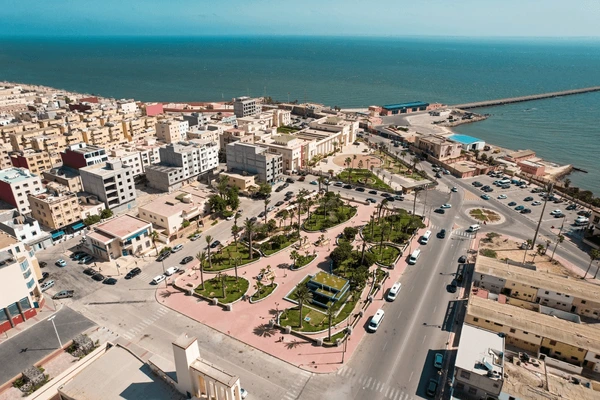
Dakhla, located on a narrow peninsula along the Atlantic coast, is known for its stunning beaches and water sports. The city is a popular destination for kitesurfing and windsurfing, attracting adventure seekers from around the world. Dakhla’s crystal-clear waters and pleasant climate make it an ideal spot for outdoor activities.
Visitors can explore the nearby lagoon, which is home to diverse marine life and offers opportunities for birdwatching. The town’s vibrant atmosphere, combined with its beautiful scenery, makes Dakhla a must-visit destination for those seeking relaxation and adventure.
3. Boujdour
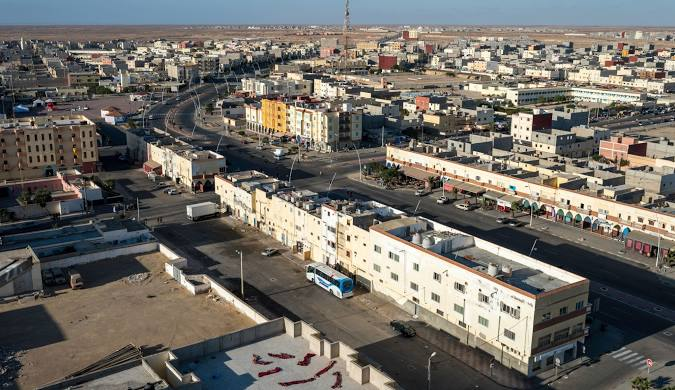
Boujdour is a coastal town known for its picturesque beaches and rich fishing culture. The town’s relaxed atmosphere makes it an excellent destination for visitors looking to unwind and enjoy the natural beauty of Western Sahara. Boujdour is also home to a vibrant fishing community, where visitors can witness traditional fishing practices and enjoy fresh seafood.
The surrounding landscapes feature stunning sand dunes and rocky cliffs, offering opportunities for exploration and photography. Boujdour’s coastal charm and cultural significance make it a hidden gem in Western Sahara.
4. Tarfaya

Tarfaya is a small town located on the Atlantic coast, known for its historical significance as a former Spanish colonial outpost. The town is famous for its association with the French writer Antoine de Saint-Exupéry, who was inspired by the region during his time as an aviator. Visitors can explore the old colonial buildings and the remnants of the historical airport.
Tarfaya’s serene beaches and stunning sunsets make it a peaceful destination for travelers seeking solitude and inspiration. The town’s unique history and coastal beauty offer a glimpse into the cultural heritage of Western Sahara.
5. Erg Chegaga Dunes
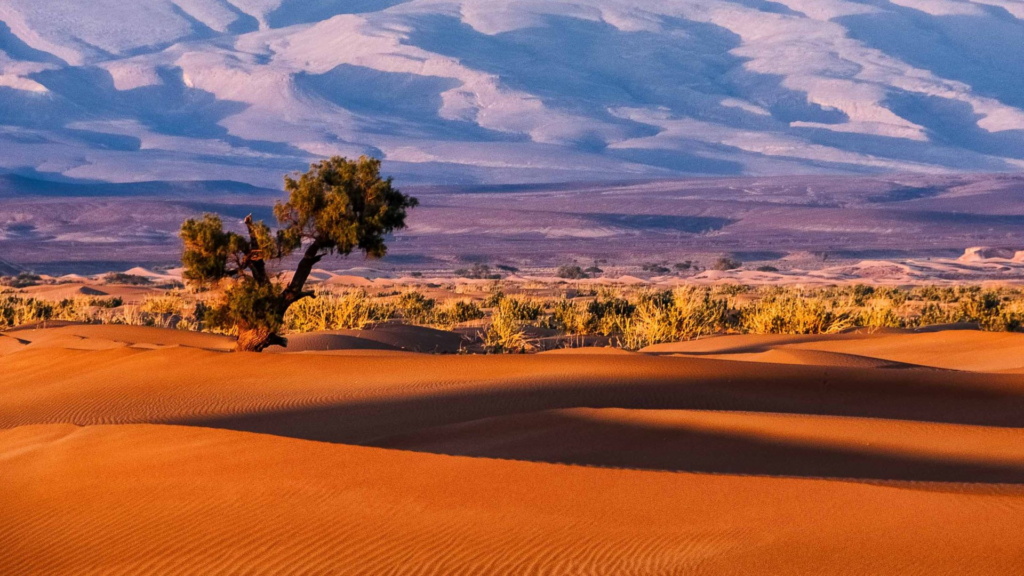
The Erg Chegaga Dunes are among the largest sand dunes in Western Sahara, located near the town of Mhamid. These stunning dunes offer breathtaking views and a chance to experience the beauty of the Sahara Desert. Visitors can engage in activities such as camel trekking, sandboarding, and stargazing.
The expansive landscapes and tranquil environment provide a unique opportunity to connect with nature and experience the serenity of the desert. Erg Chegaga is a must-visit for adventure seekers and those looking to immerse themselves in the Saharan wilderness.
6. Smara
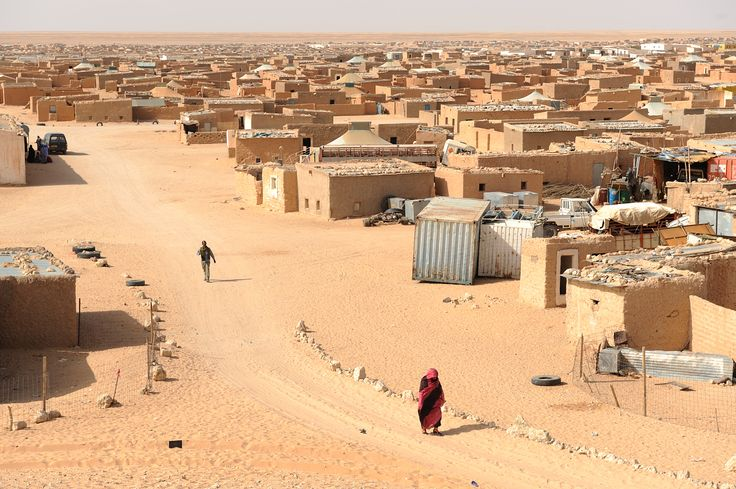
Smara is a town known for its historical significance as a center of Sahrawi culture and politics. The town is home to several important landmarks, including traditional adobe houses and cultural institutions. Visitors can learn about the history and traditions of the Sahrawi people through local museums and community initiatives.
Smara’s cultural heritage and friendly atmosphere make it an excellent destination for those interested in understanding the Sahrawi way of life. The town serves as a reminder of the resilience and strength of the Sahrawi people in their pursuit of self-determination.
7. Aousserd

Aousserd is a small town located in the southern part of Western Sahara, known for its historical significance during the conflict between Morocco and the Polisario Front. The town is home to a refugee camp, providing shelter for Sahrawis displaced by the conflict. Visitors can learn about the ongoing struggles of the Sahrawi people and their fight for independence.
Aousserd’s proximity to the desert makes it an excellent base for exploring the surrounding landscapes and experiencing the harsh beauty of the Sahara. The town’s resilience and spirit are evident in the warmth of its inhabitants.
8. Oued Eddahab

Oued Eddahab is a coastal region known for its beautiful beaches and diverse marine life. The area is popular for fishing and water sports, attracting both locals and tourists. Visitors can explore the stunning coastline, enjoy fresh seafood, and relax in the sun.
The Oued Eddahab region offers opportunities for outdoor activities such as kayaking, sailing, and diving. The area’s natural beauty and recreational offerings make it a great destination for adventure enthusiasts.
9. Bir Anzarane

Bir Anzarane is a remote desert outpost located deep in the Sahara. This destination is perfect for adventure seekers and those looking to explore the lesser-known parts of Western Sahara. The surrounding desert offers stunning dune landscapes, where visitors can embark on camel treks and 4×4 adventures.
Bir Anzarane is also an excellent spot for stargazing, with clear, unpolluted skies that reveal the vastness of the night sky. The town is a gateway to some of the most rugged and untouched parts of the Sahara, making it a unique destination for those looking to experience the true essence of the desert.
10. The Atlantic Coastline

The Atlantic coastline of Western Sahara offers stunning views and a variety of recreational activities. Visitors can explore secluded beaches, go surfing, or simply relax while enjoying the sound of the waves. The region is also known for its diverse marine life, making it a great destination for fishing and whale watching.
The pristine beaches and rugged cliffs along the coastline provide opportunities for exploration and adventure. The beauty of the Atlantic coast is a highlight for visitors to Western Sahara.
Culture
Western Sahara’s culture is deeply rooted in its history and the traditions of its indigenous Sahrawi people. The Sahrawi culture is characterized by its nomadic lifestyle, hospitality, and strong sense of community. The people of Western Sahara maintain their cultural identity through language, music, dance, and traditional crafts.
The primary language spoken in Western Sahara is Hassaniya Arabic, along with Berber and Spanish influences. Traditional music, often accompanied by percussion instruments, plays a vital role in cultural celebrations and gatherings. Dance is an integral part of Sahrawi culture, with lively performances showcasing the region’s history and traditions.
The Sahrawi people celebrate various festivals throughout the year, honoring their heritage and promoting cultural exchange. These festivals provide a platform for artists, musicians, and craftsmen to showcase their talents and preserve their cultural identity.
Festivals
Western Sahara hosts a variety of festivals that celebrate the rich cultural heritage of the Sahrawi people. These events provide an opportunity for locals and visitors to come together and experience the vibrant traditions of the region.
One of the most significant festivals is the Sahrawi National Festival, which celebrates the culture, music, and dance of the Sahrawi people. This annual event attracts artists and performers from across the region, showcasing traditional music, dance, and poetry. The festival serves as a reminder of the resilience and spirit of the Sahrawi people in their pursuit of self-determination.
Another important event is the Sahara Festival, which celebrates the region’s cultural diversity and promotes cultural exchange. The festival features art exhibitions, workshops, and performances that highlight the unique traditions of the Sahrawi people. It serves as a platform for artists and creators to share their work and engage with the community.
Economy
Western Sahara’s economy is primarily based on natural resources, agriculture, and fishing. The region is rich in phosphates, which are essential for fertilizer production and are a significant contributor to the local economy. Fishing is another vital industry, with the Atlantic waters providing a wealth of marine resources.
Despite its economic potential, Western Sahara faces significant challenges due to its political status. The ongoing conflict has hindered economic development and limited access to international markets. However, efforts are being made to promote sustainable development and improve the livelihoods of the Sahrawi people.
Agriculture also plays a role in the economy, with the cultivation of crops adapted to the arid climate. Local farmers engage in traditional farming practices, focusing on sustainable methods to support their communities.
Cuisine
Western Saharan cuisine reflects the region’s cultural diversity and reliance on local ingredients. Traditional dishes often feature staple foods such as couscous, bread, and meat, accompanied by flavorful spices and herbs. Meals are typically shared among family and friends, emphasizing the importance of community and hospitality.
Common dishes include:
- Couscous: A staple made from semolina, often served with meat and vegetables.
- Mechoui: Slow-roasted lamb or goat, traditionally prepared for special occasions.
- Harira: A hearty soup made with lentils, chickpeas, and spices, often enjoyed during Ramadan.
Traditional drinks include mint tea, which is a symbol of hospitality in Sahrawi culture, and various fruit juices made from locally grown produce. The cuisine of Western Sahara is a delicious reflection of its rich cultural heritage and communal spirit.
Top Eight Most Famous Food of Western Sahara

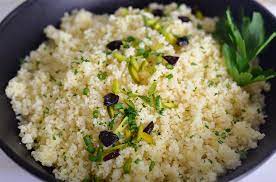






Interesting Facts
- Western Sahara is one of the largest non-self-governing territories in the world, with a complex political status.
- The region is home to diverse wildlife, including migratory birds and unique desert species.
- The Sahrawi people have a rich cultural heritage, characterized by nomadic traditions and strong community ties.
- Western Sahara has significant mineral resources, particularly phosphates, which are vital for agriculture.
- The region’s climate is primarily arid, with vast stretches of desert and limited rainfall.
- The Sahrawi National Festival showcases the culture, music, and dance of the Sahrawi people.
- Western Sahara’s coastline is known for its beautiful beaches and diverse marine life.
- The region’s history includes colonization by Spain and a protracted conflict for self-determination.
- Traditional Sahrawi music often features percussion instruments and lively performances.
- The cuisine of Western Sahara emphasizes communal meals and local ingredients, reflecting its cultural diversity.
Conclusion
Western Sahara, with its unique blend of cultural heritage, stunning landscapes, and resilient population, offers a glimpse into the complexities of life in this disputed territory. From its historical significance to its vibrant festivals and culinary traditions, Western Sahara captivates visitors with its contrasts and beauty. As the region continues to navigate its political challenges, the strength and spirit of the Sahrawi people shine through, making Western Sahara a destination worth exploring.

